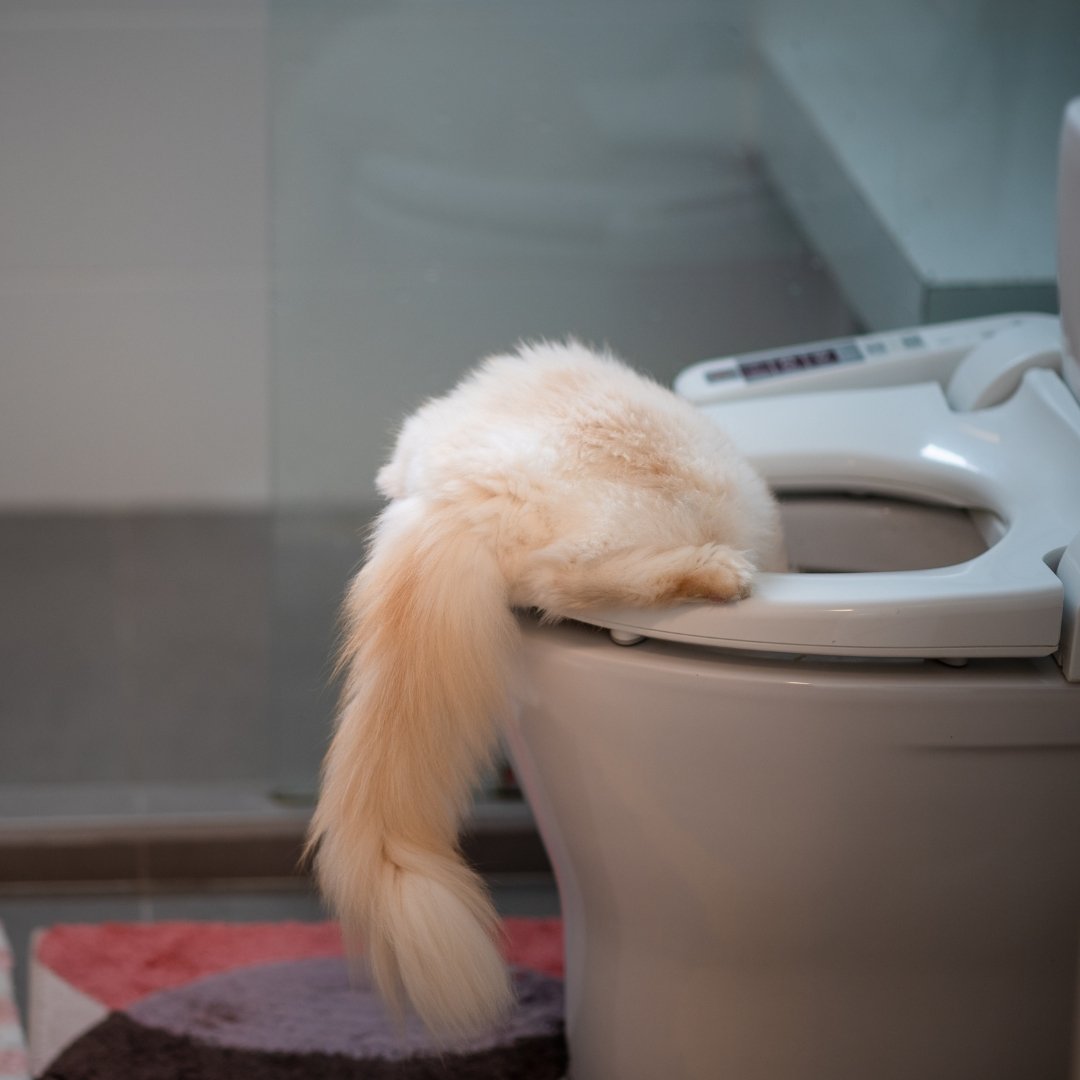How do you feel when it comes to How to Dispose of Cat Poop and Litter Without Plastic Bags?

Intro
As feline proprietors, it's important to be mindful of how we take care of our feline close friends' waste. While it might appear hassle-free to purge cat poop down the commode, this practice can have detrimental consequences for both the setting and human health and wellness.
Alternatives to Flushing
Fortunately, there are much safer and much more liable means to take care of feline poop. Think about the complying with choices:
1. Scoop and Dispose in Trash
The most common method of dealing with cat poop is to scoop it into a naturally degradable bag and toss it in the garbage. Be sure to make use of a specialized litter scoop and throw away the waste without delay.
2. Use Biodegradable Litter
Select biodegradable cat litter made from materials such as corn or wheat. These trashes are eco-friendly and can be safely gotten rid of in the garbage.
3. Bury in the Yard
If you have a lawn, take into consideration burying feline waste in a designated area far from veggie yards and water sources. Make sure to dig deep sufficient to prevent contamination of groundwater.
4. Set Up a Pet Waste Disposal System
Invest in a pet dog waste disposal system especially created for cat waste. These systems make use of enzymes to break down the waste, reducing smell and ecological impact.
Health Risks
In addition to environmental concerns, purging pet cat waste can likewise position health dangers to humans. Cat feces might include Toxoplasma gondii, a bloodsucker that can cause toxoplasmosis-- a potentially extreme health problem, particularly for expectant females and people with weakened body immune systems.
Environmental Impact
Purging pet cat poop introduces dangerous virus and bloodsuckers into the water system, posturing a significant threat to marine ecological communities. These impurities can negatively influence marine life and concession water high quality.
Verdict
Responsible family pet ownership expands past supplying food and sanctuary-- it likewise includes correct waste monitoring. By refraining from flushing feline poop down the toilet and going with alternative disposal methods, we can lessen our ecological footprint and secure human wellness.
Why Can’t I Flush Cat Poop?
It Spreads a Parasite
Cats are frequently infected with a parasite called toxoplasma gondii. The parasite causes an infection called toxoplasmosis. It is usually harmless to cats. The parasite only uses cat poop as a host for its eggs. Otherwise, the cat’s immune system usually keeps the infection at low enough levels to maintain its own health. But it does not stop the develop of eggs. These eggs are tiny and surprisingly tough. They may survive for a year before they begin to grow. But that’s the problem.
Our wastewater system is not designed to deal with toxoplasmosis eggs. Instead, most eggs will flush from your toilet into sewers and wastewater management plants. After the sewage is treated for many other harmful things in it, it is typically released into local rivers, lakes, or oceans. Here, the toxoplasmosis eggs can find new hosts, including starfish, crabs, otters, and many other wildlife. For many, this is a significant risk to their health. Toxoplasmosis can also end up infecting water sources that are important for agriculture, which means our deer, pigs, and sheep can get infected too.
Is There Risk to Humans?
There can be a risk to human life from flushing cat poop down the toilet. If you do so, the parasites from your cat’s poop can end up in shellfish, game animals, or livestock. If this meat is then served raw or undercooked, the people who eat it can get sick.
In fact, according to the CDC, 40 million people in the United States are infected with toxoplasma gondii. They get it from exposure to infected seafood, or from some kind of cat poop contamination, like drinking from a stream that is contaminated or touching anything that has come into contact with cat poop. That includes just cleaning a cat litter box.
Most people who get infected with these parasites will not develop any symptoms. However, for pregnant women or for those with compromised immune systems, the parasite can cause severe health problems.
How to Handle Cat Poop
The best way to handle cat poop is actually to clean the box more often. The eggs that the parasite sheds will not become active until one to five days after the cat poops. That means that if you clean daily, you’re much less likely to come into direct contact with infectious eggs.
That said, always dispose of cat poop in the garbage and not down the toilet. Wash your hands before and after you clean the litter box, and bring the bag of poop right outside to your garbage bins.
https://trenchlesssolutionsusa.com/why-cant-i-flush-cat-poop/

I am very fascinated by Can You Flush Cat Poop Down The Toilet? and I'm hoping you liked the article. Are you aware of anybody else who is inquisitive about the subject? Be sure share it. I value reading our article about Don’t flush cat feces down the toilet.
Services
Comments on “Prevent Plumbing Problems: Don't Flush Cat Poop Down Your Toilet - Expert Guidance”